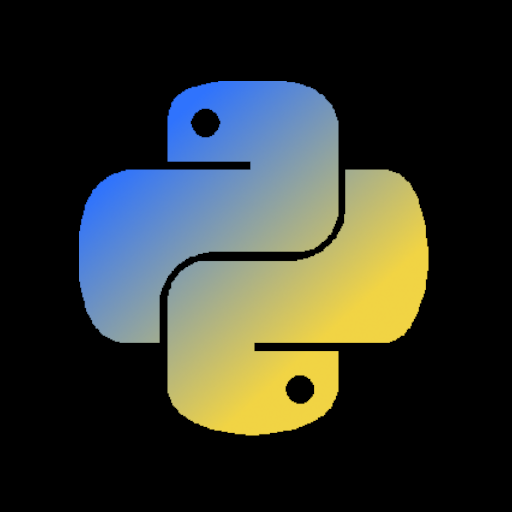Was going through a Python tutorial, but it seems kinda dated. Wanted to know if people regularly use docstrings in the workforce. Or are they somewhat irrelevant because you can convey most of that info via comments and context? Do jobs make you use them?
Yes, because it shows up in editors when hovering. We’re not forced, but as a lead, I encourage it.
Docstrings are important and their role is different than comments. They give an overview how the function works, explain parameters and sometimes give examples how to use them. You can generate documentation using sphinx from Docstrings, and as others said IDEs use docstrings to show you information about function you’re using.
Comments are just text that gets ignored by interpreter. You can add explanation to code if it’s not self explanatory, but they’re not useful outside of the immediate area being commented on.
Other languages also have documentation options that is separate from comments, e.g. JavaDoc. The syntax is usually similar to coment, but slightly different to differentiate it from comments (extra * in multiline comment).
Yeah, they’re definitely still the standard. They’re not really replaced by comments, comments are more for explaining why bits of code are the way they are. Docstrings are kind of like comments for functions/classes/etc that Python knows how to handle specially. The interpreter will parse the docstrings and make help text out of them available to the
helpbuiltin functionAt my work we use linters that refuse code with missing or bad docstrings.
Can you share what linters you use?
Most projects are migrating towards Ruff. All in one and speedy.
Yeah, I just moved our linting/format checking pipeline to ruff and it’s been painless and fast.
Yes, use them. One big advantage is if you hover something in an IDE it will show you the docstring.
If you’re writing Python you should be using Pylint (or Ruff) and it has a lint to ensure you write them.
The exception I usually make is for class member variables because it’s super weird that the docstring comes after the variable. I think that’s very confusing for people reading the code so I normally just use comments instead.
Yup, use docstrings and be descriptive. Learn by reading docstrings in other codebases. (Django’s codebase is always an excellent example of how to do Python, including how to do docstrings.) a) Anyone who sees your code will thank you and b) if you can’t explain it in human language, you probably don’t understand it well enough to implement it well.
Sounds like they’re still very relevant and very important. Python isn’t a language I’ve used a lot but I’m still surprised I’ve never heard about docstrings till this tutorial. Thanks for the info.
I wouldn’t say it’s “more important” in Python but usually: 1. Documentation is very important in every language, and 2. Python uses docstrings to achieve this.
Yes they are sometimes used, as is doctest, but Python’s built in help system isn’t as good as it could be, so the docstrings aren’t that useful. Most annoyingly, for built in library classes, help(whatever) spews machine generated prototypes at you before you get any actual documentation.
I generally like to write some kind of explanatory text along with any nontrivial function that I write, but I’m not very consistent about doing this as a doctring vs as a code comment. I do use type annotations heavily nowadays.
yes





